Instructions:
Hijack your senses’ routine.
Listen with your eyes closed, decontextualize sounds and be conscious of their intrinsic characteristics.
Join an unfocused play, emphasize the process, improvisation and experimentation.
Explore and intersect mediums of expression that have rarely been connected.
Enable your curiosity and exuberance towards new people to generate never-ending conversations and dream up too many projects.
The Bandwidth art residency, organized by a book-making and self-publishing platform (Sounds Like a Book), has set the right context for several of the instructions above to be carried out. The studio was replaced by a barn that was turned into a working space which incorporated a nest of cheerful swallows. The working process was based on long detours in the village or beyond its limits, sometimes the walks reached an enigmatic tourist attraction – the mounds. The days started not with the alarm clock, but with the car which brought bread to the village shop and played the classic playlist of a music box each morning.
10 artists met in this setting at the Blue House in Șona village, Brașov county, to develop a project in 10 days. The working process involved conceiving an artist book starting from a mental image or from sounds produced or recorded during the residency program. The first part of the residency had its aim set on hijacking the senses’ routine during field-recording or recording sessions which were meant to build or to translate a concept. The second part involved a process of sound visualization through the shape and the content of a book.
The Bandwidth art residency was the third edition of Sounds Like a Book. The book-making and self-publishing platform is the enterprise of an emergent artists group. Some of them were students at UNArte back then, and some had just returned home after finalizing an Erasmus scholarship, during which they had already started to employ sound or book in their artistic practice. The idea for the project was born during a spontaneous talk that took place after a presentation held by Mihai Șovăială regarding a workshop about self-publishing in the framework of Aurora Kiraly’s course – Creative Education. Aurora also joined them and got involved in the planning of the first edition. If this project is based on casting a critical gaze on the needs and wants of the academic training process, it is also, however, proof that given enough attention, energy, care and support, especially from the teachers, things can evolve from within the academic institution.
Sounds Like a Book grew every year from a series of workshops to a residency program thanks to their founders (Iris Arsu, Mihai Șovăială, Daniela Șerban and Andreea Vlăduț), the amazing people who joined us along the way (Irina Costescu, Patric Pavel, Romina Banu, Melissa Antonescu, Vlad Albu) and those who encouraged us to grow the project (Grapho_mat team who accepted to hold the graphic design workshop, Galeria Posibilă who offered us their exhibition space and gave us strong support to change the project’s format).
What makes this residency program so interesting is the mixture of two different mediums: the program based on workshops and the ever-changing dynamics. The residency program has been conceived for artists that have a vested interest in interdisciplinarity, research and experimentation, thus uniting people from different backgrounds or with different theoretical basis, which only enriches SLB knowledge and experience.
Trough the presence of coordinators (well versed in the areas of sound art and graphic design) alongside the participants, SLB brings together, for a significant period of time, people that would usually collaborate only during brief parts of the creative process.
All these things create an environment in which participants can freely and fluently exchange ideas during the entire work process.
The ever-changing guests and the introductive conferences offer a broad perspective as to the direction of theoretical research, strategy and ways of working with ideas, sound and images.
The main focus was keeping the previous editions’ structure, meant to provide the necessary tools (theoretical and practical) needed to shape a project based on two different mediums: one, immaterial and transitory; the other, physical. The artists collaborated with Lukas Jakob Löecker, sound artist, and Grapho_mat – design studio. During the second part of the residency, they encountered Gabriel Barbu, graphic designer, Simina Oprescu, sound artist and Mihai Șovăială, visual artist.
Simina’s conference remains one of the most intense moments of the residency alongside the spontaneous jam session which took place in Lazăr’s Blacksmith Workshop where Mr Bucur was turned from a sceptical into an exuberant performer. Simina introduced the participants to the writing techniques of acousmatic composition, familiarising them with key figures in acousmatic music (Pierre Schaeffer, Michel Chion), presenting the basic rules, the sound profiles and ultimately, engaging them into a sound listening session. I personally accepted Simina’s challenge to decontextualize a sound and to listen for his intrinsic characteristics, without projecting on it a meaning.
Gabriel held a comprehensive conference on the book production process, talking about a suitable digital program, book anatomy, paper importance, colour profiles, about printing methods, their advantages and disadvantages. He offered participants the necessary details needed to work on a book that can be successfully printed. Mihai then acquainted them to self-publishing design, extensively discussing projects of his that ended up being presented in the form of a book.
Perhaps too general for an exhibition concept, but encompassing enough for a 10 day residency, the proposed theme was communication. The main interest, however, was the social aspect of communication, the immanent communality of any communication process, the (signal) transmission in the sense of a connection between entities, leaving in the background the content specific to information (a sensitive subject in the post-fact era), the sender-receiver dynamics, the medium’s features and their impact. Lukas Jakob Löcker also encouraged the artists to pursue other approaches, such as: social media, obsolete mediums of communication, signal transmission, words/ signs, sign/ language, error, remix.
The Bandwidth artistic residency brought together, for a short but meaningful encounter, people interested in questioning the borders between mediums and fields of interest, and who are willing to reject the segregation between theory and practice. Working both with the digital and analogue mediums and exploring the way they enhance each other, the residency program emphasized exploring, learning, experimenting and the process in itself.
POSTED BY
Daria Nedelcu
Daria Nedelcu (b. 1993) received her MA in History of Art at the University of Fine Arts Bucharest. Daria wishes to continue her project about performance art in South Eastern Europe with a series of ...
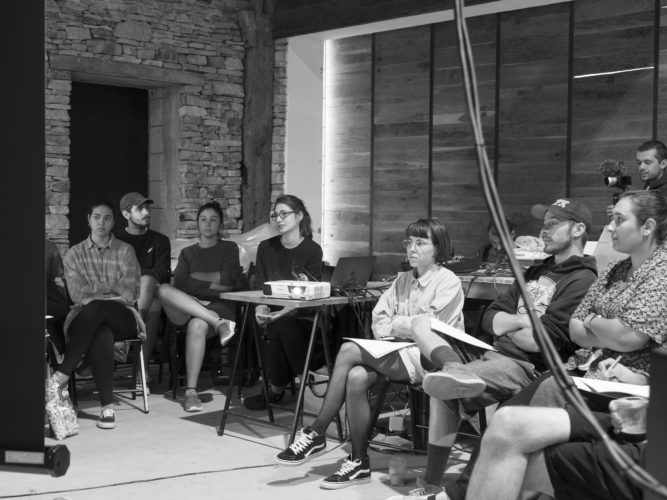
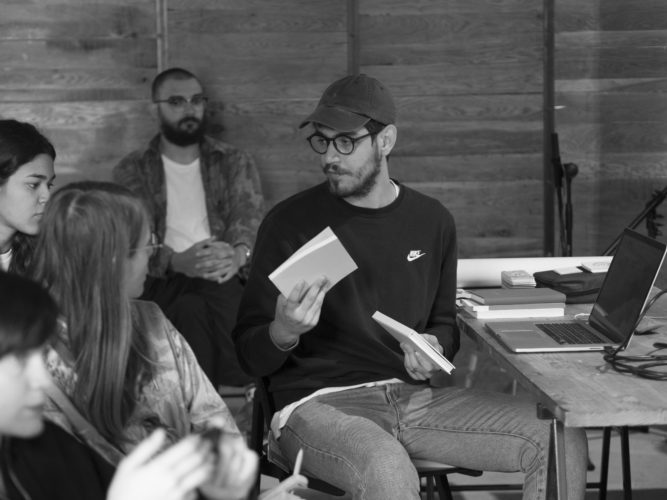
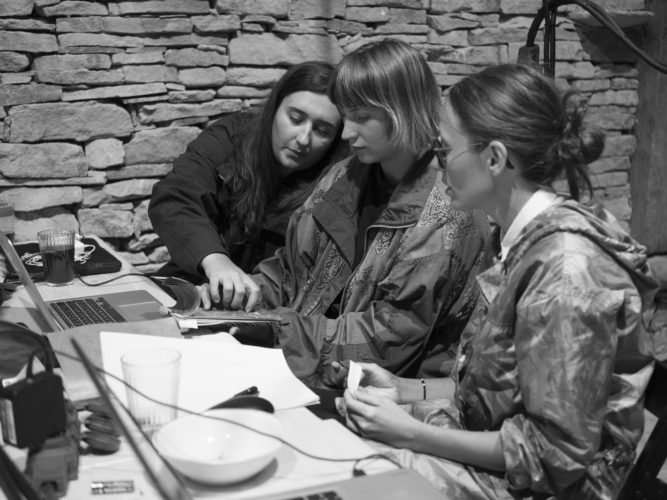
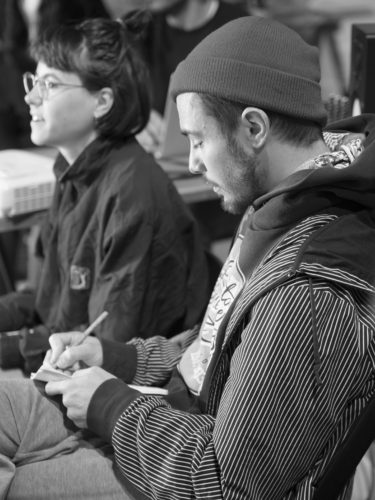
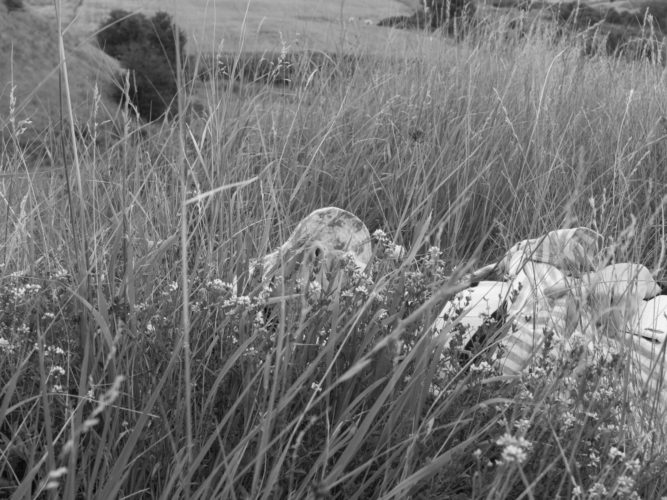

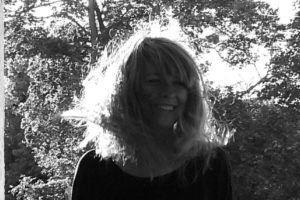
Comments are closed here.